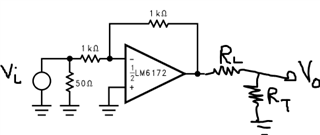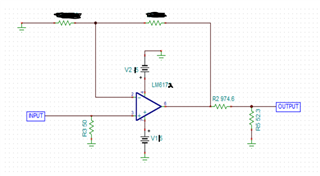The datasheet for LM6172QML-SP has footnotes referencing AN0009 for the test circuit for both Slew Rate and GBW testing. I cannot seem to find that app note anywhere. Is it still available? Or are the test circuit details available from anywhere else?
Thanks!



